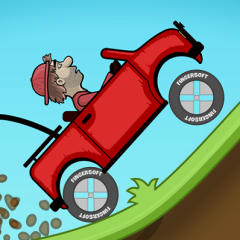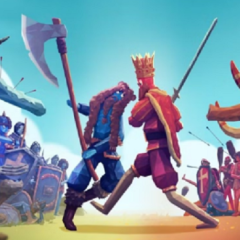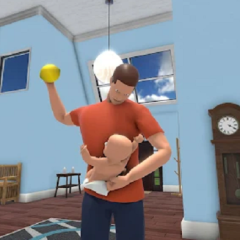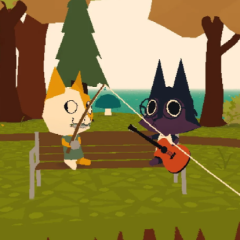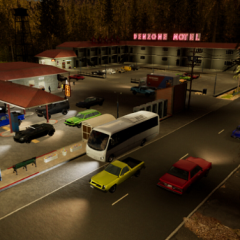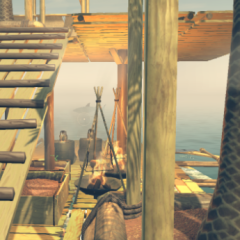Getting Over It is a physics-based climbing game that challenges players to ascend a surreal mountain using only a hammer. The main character, a man stuck in a metal cauldron, is controlled entirely by mouse movements. There are no tutorials, no checkpoints, and no shortcuts — every movement is up to the player. One wrong swing can send you all the way back to the beginning, testing both skill and emotional resilience throughout the journey.
Precision and Frustration Combined
The game relies entirely on mouse control, demanding high accuracy and smooth momentum. The environment is filled with odd structures like floating rocks, towers, furniture, and even abstract sculptures. The player must learn how to pivot, swing, and launch themselves using only the hammer’s interaction with surfaces. What begins as simple navigation quickly becomes an intense test of patience and focus as the terrain becomes more unpredictable.
What Players Learn During the Climb:
- Mastering momentum and physics-based swings
- Recognizing when to play aggressively or carefully
- Accepting failure and restarting without rage
- Building muscle memory over time
- Listening to commentary that reflects on frustration
The experience becomes more psychological the higher you climb, especially when repeated falls erase hours of progress.
An Unusual Kind of Game Design
Getting Over It was intentionally designed to be difficult and unforgiving. The developer included philosophical voice-over segments that play as players struggle, reflecting on the nature of loss, perseverance, and progress. This meta layer adds depth, turning a punishing game into a strange kind of personal reflection. Players aren’t just challenged to beat the level, but to understand their own reactions to failure and repetition.
Reaching the Summit — or Not
Few players ever reach the very end of the game. Those who do often feel more relieved than triumphant. The climb is not about speed or performance but about the mindset and persistence required to keep going despite setbacks. Getting Over It has become a cultural reference point for games that test emotional endurance, and its legacy continues through the players who return to conquer it again — or simply accept defeat with a bit more grace than before.



